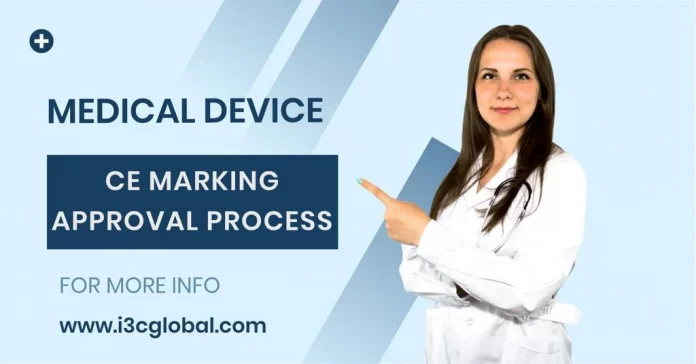Introduction
To place a medical device on the EU market, it must adhere to the General Safety and Performance Requirements (GSPRs) and comply with all relevant EU directives. Upon successful completion of a conformity assessment procedure, compliance is indicated by affixing a CE mark on the medical device.
Since 2017, CE Marking for medical devices has been regulated by Regulation (EU) No. 2017/745 (MDR), and in vitro diagnostic devices by Regulation (EU) No. 2017/746 (IVDR). All new devices must be developed, manufactured, and maintained by these regulations. Compliance with these regulations is verified through the conformity assessment process.
Determining the intended purpose
MDR Article 2 states any Instrument, apparatus, appliance, software, implant, reagent, material, or other article intended by the manufacturer to be used, alone or in combination, for human beings for one or more of the following specific medical purposes:
- For the diagnosis, prevention, monitoring, prediction, prognosis, treatment, or alleviation of disease,
- For the diagnosis, monitoring, treatment, alleviation of, or compensation for, an injury or disability,
- For investigation, replacement, or modification of the anatomy or a physiological or pathological process or state,
- For providing information using in vitro examination of specimens derived from the human body, including organ, blood and tissue donations, which does not achieve its principal intended action by pharmacological, immunological or metabolic means.
- All accessories for medical devices, and products listed in Annex XVI.
Determination of Classification:
Conformity assessment procedures categorize medical devices into four risk classes based on the potential risks associated with their technical design and manufacturing, taking into account the vulnerability of the human body.
The involvement of a notified body is required for the conformity assessment procedure, except for products belonging to the lowest risk class. Notified bodies are independent, state-authorized third-party organizations responsible for conducting the conformity assessment on behalf of medical device manufacturers.
This means that medical devices in higher risk classes, such as implantable devices or Class III devices, must undergo assessment and periodic review by a notified body, while devices in the lowest risk class may not require this involvement.
The following medical devices require an assessment and periodic review by a notified body.
- Class I sterile medical devices (Is)
- Class I medical devices with measuring function (Im)
- Class I surgically reusable medical devices (Ir)
- Class IIa, IIb and III medical devices
- Class III custom-made devices
Appoint a person responsible for regulatory compliance.
Appointing a person responsible for regulatory compliance within a medical device manufacturing company is crucial for several reasons:
- PRRC is responsible for regulatory compliance.
- PRRC must collaborate with the internal team for regulatory compliance to help mitigate risks associated with non-compliance, such as product recalls, vigilance etc.
- Compliance with in-house quality and release controls that contribute to the overall quality and safety of the medical devices sold.
- The person responsible for regulatory compliance can monitor regulation changes, assess their impact on the company, and implement necessary changes to ensure ongoing compliance.
- PRRC is responsible for communication with regulatory authorities and notified bodies, facilitating inspections, audits, and other interactions.
Prepare and sign the Declaration of Conformity
The Declaration of Conformity confirms that the medical device meets all relevant regulatory requirements and has undergone the necessary conformity assessment. In the EU MDR 2017/745, the Declaration of Conformity is required for affixing the CE marking on the medical device, indicating that it complies with all applicable EU directives and regulations.
Appoint European Authorized Representative
The manufacturers based outside the EU may not have a physical presence or personnel within Europe and must appoint a European Authorized representative. EU Representative name and contact information must be placed in the primary information panel of the device.
The EAR assists in the registration of medical devices, ensures compliance with EU regulations, and facilitates the CE marking process.
The EAR assists with post-market surveillance activities, including monitoring the safety and performance of medical devices and coordinating recalls if necessary.
Technical Documentation
MDR Technical File is essential for demonstrating regulatory compliance, ensuring product quality and safety, and facilitating market access for medical devices within the EU. Technical Documentation includes detailed information about the design, manufacture, and performance of the medical device. It ensures that the device is safe, effective, and performs as intended, thus enhancing patient safety and product quality.













